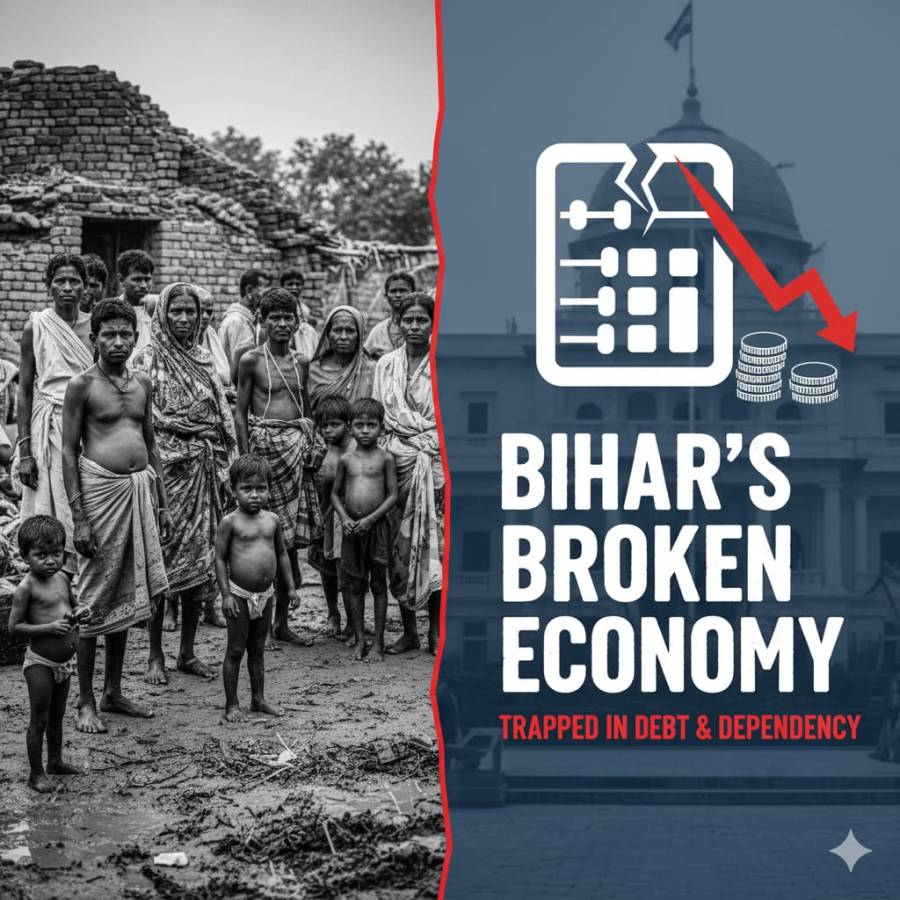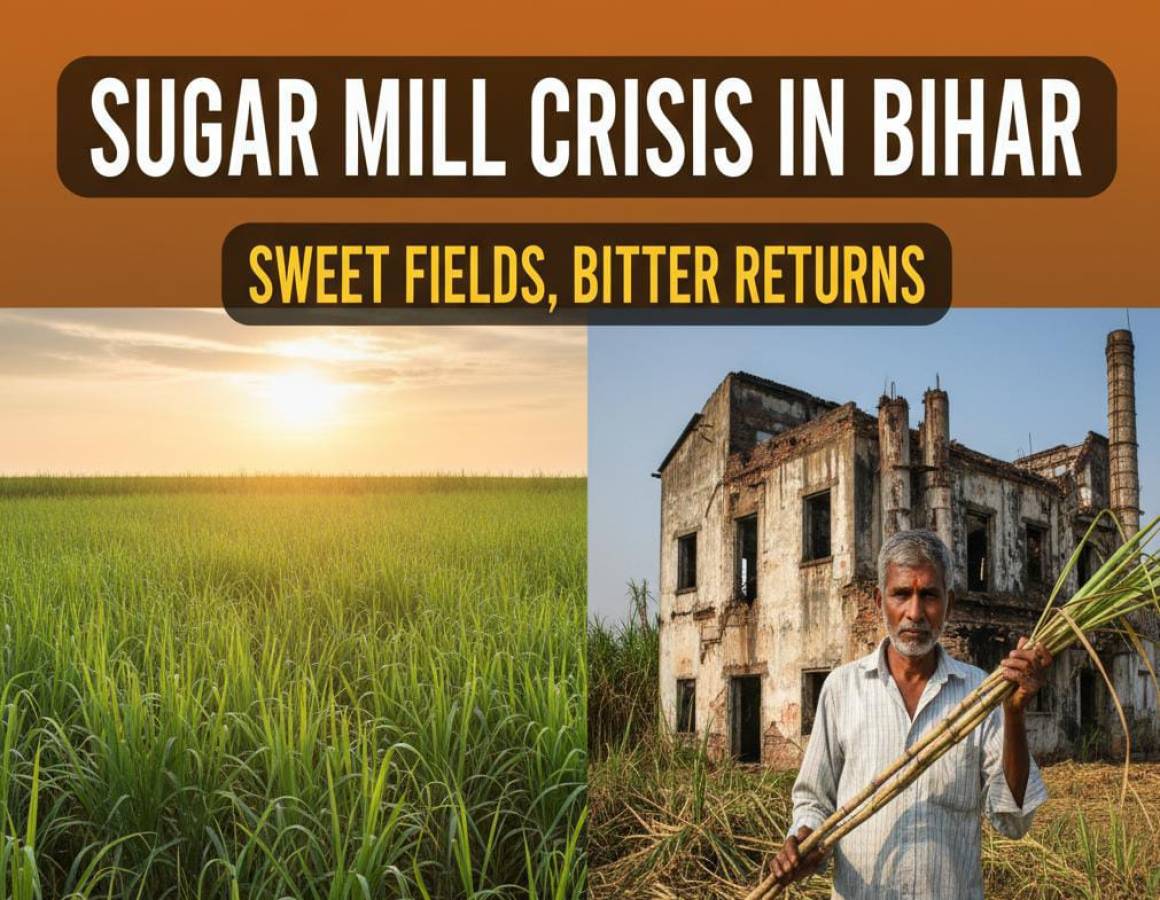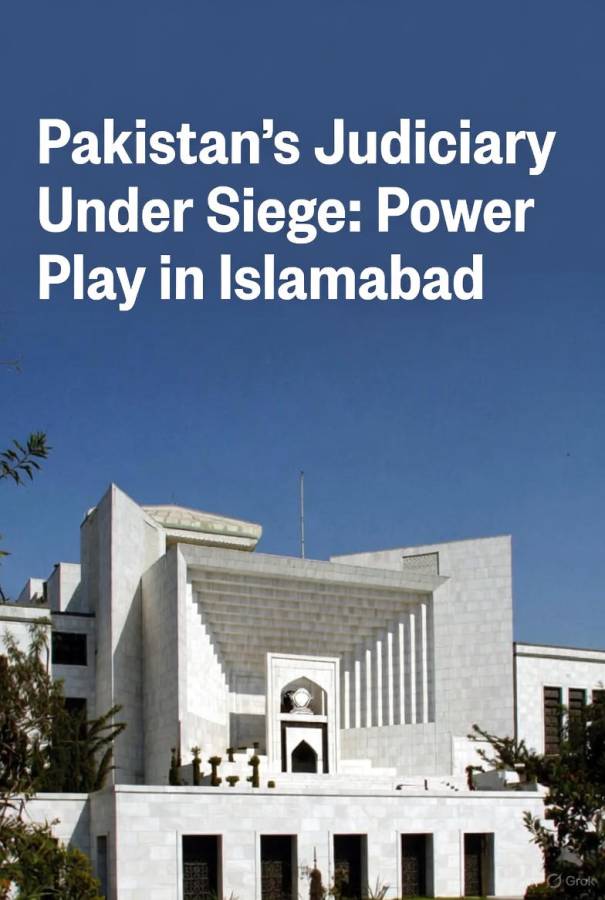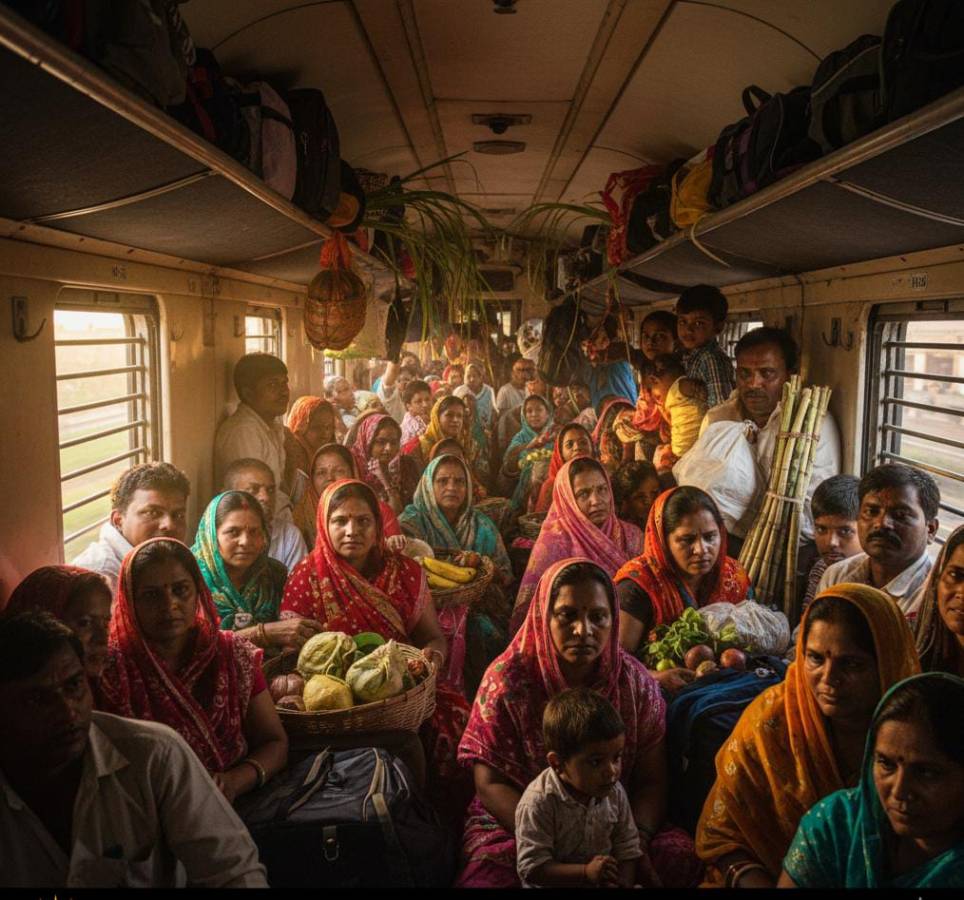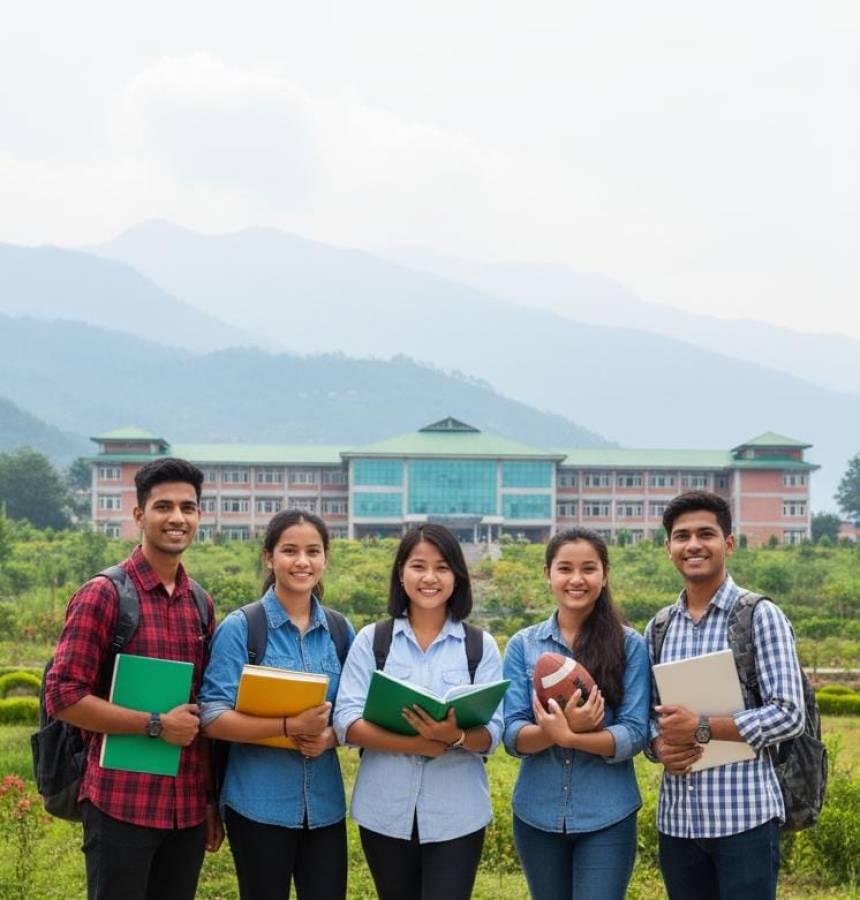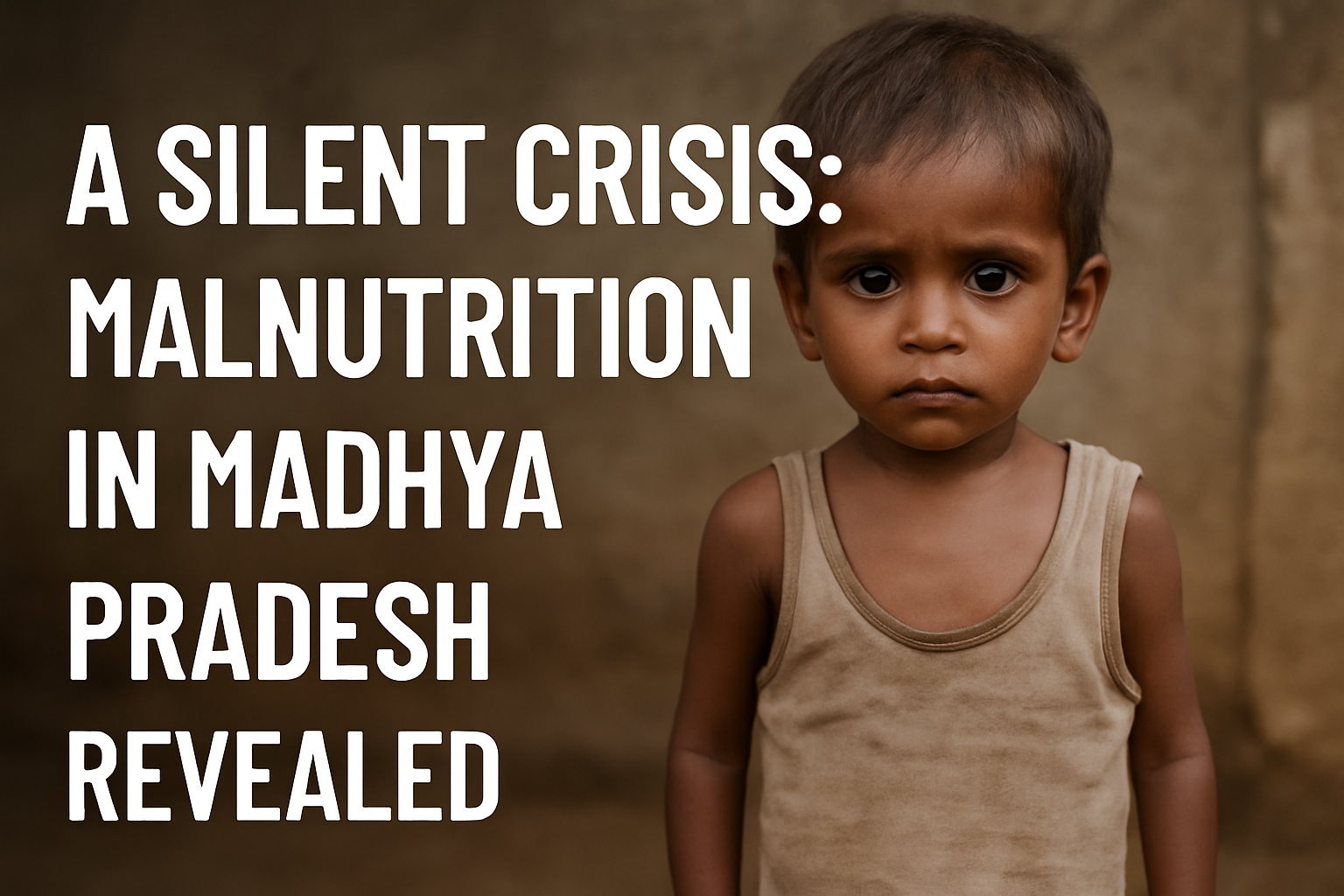
Madhya Pradesh, a vast and populous state in central India, is grappling with a malnutrition crisis that is both heartbreaking and urgent. Recent attention from the High Court and widespread media coverage has brought this issue into the spotlight. As data emerges from judicial scrutiny and health surveys, the story it tells is stark: the future of thousands of children and women in the state hangs in the balance.
In late July 2025, the Madhya Pradesh High Court ordered all district collectors to submit detailed nutrition status reports within four weeks. The court responded to a Public Interest Litigation filed by a Jabalpur resident, who accused the government of hiding alarming rates of malnutrition in official data. According to the petition, of the 6.6 million children aged zero to six, over 1 million are malnourished, and more than 136,000 are severely malnourished. Additionally, 57 percent of women suffer from anaemia.
These figures alone are compelling, but they capture only part of the story. Ground-level investigations by NGOs portray an even grimmer picture. In southwestern Madhya Pradesh, nearly one in ten young children suffers from Severe Acute Malnutrition (SAM), while a further one million children are affected by Moderate Acute Malnutrition (MAM). The region’s monsoon season, which brings disease, food insecurity, and migration, is known locally as the “season of death.” In one monitored area at Khalwa block in Khandwa district—55 child deaths were recorded across 22 blocks in a single year.
To understand the broader context, the state’s human development indicators offer valuable insight. According to the Human Development Index, Madhya Pradesh ranks relatively low among Indian states, with a score of 0.611. The literacy rate and life expectancy also lag behind those in more developed regions. Moreover, over one-fifth of the state’s population is tribal, living in remote areas where access to healthcare, food, and essential services remains limited.
At the same time, troubling reports of food wastage highlight systemic inefficiencies. On social media, users reported that nearly 900,000 quintals of grain in state warehouses went rotten—even though one in four children under five remains underweight.
“Around 9 lakh quintals of foodgrains have rotten away… a state where 26% of kids under 5 are underweight.”
This points to a contradiction within the system. There is surplus stock, yet it does not reach the people who need it the most.
To craft a responsive and effective approach, it is worth examining efforts by neighboring states. For example, Uttar Pradesh recently carried out a robust campaign under the Integrated Child Development Services (ICDS). It supported 18.2 million children under six, treated over 133,000 severely malnourished children, and educated millions of mothers and caregivers through anganwadi centres and health sub-centres.
Madhya Pradesh’s battle against malnutrition, however, remains an uphill task. Arresting this trend requires coordinated efforts on multiple fronts:
- Transparency in data reporting
- Strengthening delivery of ICDS and nutrition schemes
- Improved logistics and food storage
- Focused outreach in tribal and remote areas
- Sustained awareness campaigns among caregivers and communities
In conclusion, malnutrition in Madhya Pradesh is not only a health issue but also a reflection of deeper structural challenges. The current scrutiny from courts, media, and community activists should be harnessed as momentum for change. It is critical that this crisis is no longer hidden and long-term solutions follow swiftly. Only then can the silent crisis become a story of recovery and resilience.



